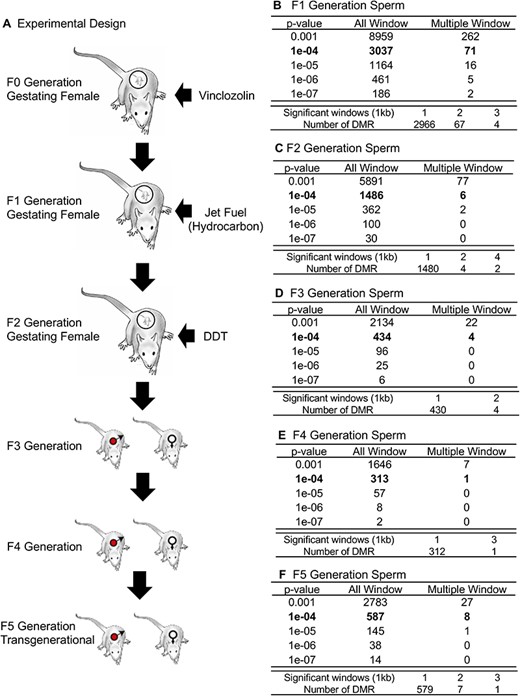2024-01-23 バージニア工科大学(VirginiaTech)
◆通常はプロテアソーム複合体の一部として働きながら、RPT6はDNAに結合し、記憶形成時に他の遺伝子やタンパク質の発現を増加させる能力があることが判明しました。
◆この発見は、アルツハイマー病やPTSDなどの記憶障害の理解と治療に向けた新たな研究への展望を開くもので、脳の複雑さと学習・記憶のメカニズムに新たな洞察をもたらす可能性があります。
<関連情報>
- https://news.vt.edu/articles/2024/01/cals-jarome-brain-protein.html
- https://www.jneurosci.org/content/early/2023/12/05/JNEUROSCI.1453-23.2023
RPT6のリン酸化は、雄ラットの海馬における記憶形成過程で、DNAと結合し遺伝子発現を制御する能力を制御する Phosphorylation of RPT6 controls its ability to bind DNA and regulate gene expression in the hippocampus of male rats during memory formation
Kayla Farrell, Aubrey Auerbach, Madeline Musaus, Shaghayegh Navabpour, Catherine Liu, Yu Lin, Hehuang Xie and Timothy J. Jarome
Journal of Neuroscience Published:8 December 2023
DOI: https://doi.org/10.1523/JNEUROSCI.1453-23.2023
Abstract
Memory formation requires coordinated control of gene expression, protein synthesis, and ubiquitin-proteasome system- (UPS-) mediated protein degradation. The catalytic component of the UPS, the 26S proteasome, contains a 20S catalytic core surrounded by two 19S regulatory caps and phosphorylation of 19S cap regulatory subunit RPT6 at serine 120 (pRPT6-S120) has been widely implicated in controlling activity-dependent increases in proteasome activity. Recently, RPT6 was also shown to act outside the proteasome where it has a transcription factor-like role in the hippocampus during memory formation. However, little is known about the proteasome-independent function of “free” RPT6 in the brain or during memory formation and whether phosphorylation of S120 is required for this transcriptional control function. Here, we used RNA-sequencing along with novel genetic approaches and biochemical, molecular, and behavioral assays to test the hypothesis that pRPT6-S120 functions independently of the proteasome to bind DNA and regulate gene expression during memory formation. RNA-sequencing following siRNA-mediated knockdown of free RPT6 revealed 46 gene targets in the dorsal hippocampus of male rats following fear conditioning, where RPT6 was involved in transcriptional activation and repression. Through CRISPR-dCas9-mediated artificial placement of RPT6 at a target gene, we found that RPT6 DNA binding alone may be important for altering gene expression following learning. Further, CRISPR-dCas13-mediated conversion of S120 to glycine on RPT6 revealed that phosphorylation at S120 is necessary for RPT6 to bind DNA and properly regulate transcription during memory formation. Together, we reveal a novel function for phosphorylation of RPT6 in controlling gene transcription during memory formation.
Significance Statement The role of the proteasome subunit RPT6, particularly when phosphorylated at serine 120 (pRPT6-S120), has been extensively studied in the context of proteasome-mediated protein degradation, but its role in regulating gene expression during memory formation has not been explored. This study identifies gene targets of RPT6 during memory formation and reveals that the presence of RPT6 alone at DNA may cause changes in gene expression. Further, we found that pRPT6-S120 was necessary for DNA binding and transcriptional regulation during memory formation. Considering the popularity of proteasome-inhibiting drugs, these data are noteworthy for the neuroscience community as they demonstrate a clear role for proteasome-independent RPT6 in transcriptional regulation of gene expression during memory formation, which is dysregulated when RPT6 is manipulated.



